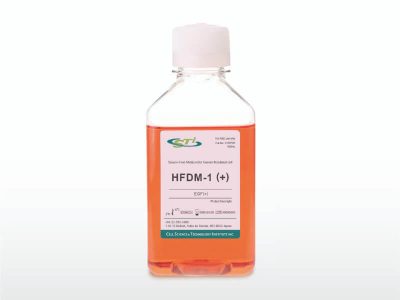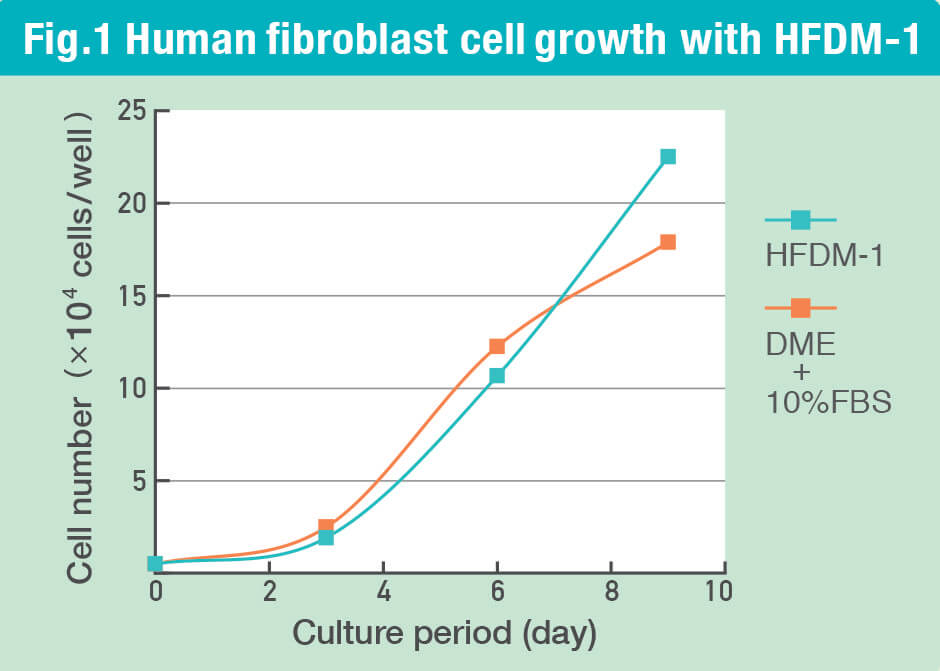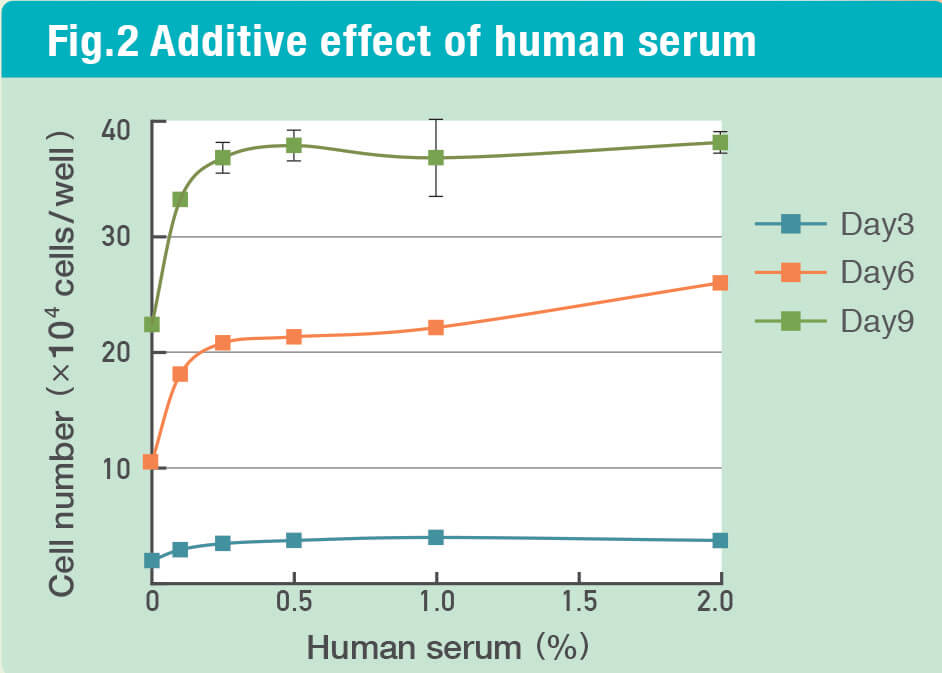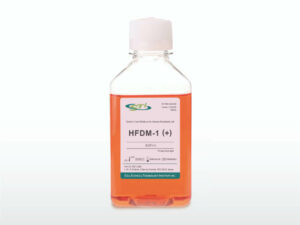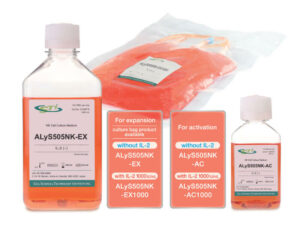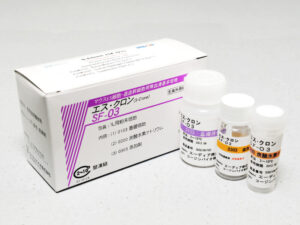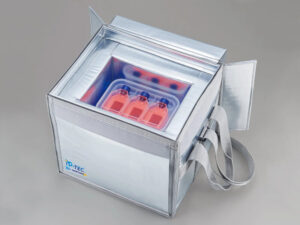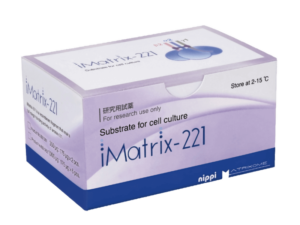HFDM®-1
Serum free medium for Human Fibroblast
Product Basics
HFDM®-1 is a chemically defined medium for culturing human normal dermal fibroblast. (HNDF). Fibroblast cultured with this medium under serum free condition can proliferate as well as DMEM supplemented with 10% serum. For expansion of fibroblast cells less serum (0.5 – 2.0%) is required compared to conventional methods.
Key Features
- Chemically defined
- Coating culture-ware with matrix, such as fibronectin or collagen, is not necessary
- Proliferate fibroblast cells under serum free conditions
- Less serum needed to expansion of fibroblast cells, compared to conventional method.*
- Certified by the Pharmaceuticals and Medical Devices Agency (PMDA) in Japan, to be safe to use in regenerative medicine
* * CSTI Artificial Serum can be used instead of serum and obtain similar results while maintaining a serum free cell culture system **
Technical Information
Cells Tested
Human
Normal human dermal fibroblasts (NHDFs)
Primary human dermal fibroblasts
Human fibroblast from oral tissue. Human gingival fibroblasts
Cardiac fibroblasts (CFs autologous primary fibroblasts)
Cancer-associated fibroblasts (CAF)
Plumonary fibroblast from lung cancer patients
human intestinal organoid-derived fibroblasts
U251 human glioma cells.
Hela
Rodents
Mouse PBMC and fibroblast from tail
mice fibroblast sheet
mouse embryo fibroblasts (MEF) clones
Rat multilayered fibroblast sheets derived from autologous oral mucosal
C6 rat glioma cells
Specification
- Size: 500mL/1000mL
- Storage temperature: 2-8°C
- Shelf life: 12 months following manufacture date
- Manufactured by: Cell Science and Technology Institute
Pricing
500ml
- SKU: 2102P05
- Price:
$105.00→ $95.00
1000ml
- SKU: 2102P10
- Price:
$133.00→ $120.00
References
- Mitui, M., Takahashi, K., Kobayashi, K. & Matsuoka, T. Human lung fibroblasts cultivated with HFDM-1 reduced both the secreted PAI-1 and the surface UPA activities. Tiss Cult Res 26, 133–142 (2007) doi:10.11418/jtca.26.133
- Hirobe, T., Hasegawa, K., Furuya, R., Fujiwara, R. & Sato, K. Effects of fibroblast-derived factors on the proliferation and differentiation of human melanocytes in culture. Journal of Dermatological Science 71, 45–57 (2013) doi: 10.1016/j.jdermsci.2013.03.012.
- Morimoto, N. et al. An exploratory clinical study on the safety and efficacy of an autologous fibroblast-seeded artificial skin cultured with animal product-free medium in patients with diabetic foot ulcers. International Wound Journal 11, 183–189 (2014) doi: 10.1111/j.1742-481X.2012.01064.x.
- Ejiri, H. et al. Use of synthetic serum-free medium for culture of human dermal fibroblasts to establish an experimental system similar to living dermis. Cytotechnology 67, 507–514 (2015) doi: 10.1007/s10616-014-9709-0.
- Mizoguchi, T. et al. Treatment of Cutaneous Ulcers with Multilayered Mixed Sheets of Autologous Fibroblasts and Peripheral Blood Mononuclear Cells. Cellular Physiology and Biochemistry 47, 201–211 (2018) doi: 10.1159/000489767.
- Mizoguchi, T. et al. Autologous fibroblasts, peripheral blood mononuclear cells, and fibrin glue accelerate healing of refractory cutaneous ulcers in diabetic mice. Am J Transl Res 10, 2920–2928 (2018). PMCID: PMC6176242
- Nanki, K. et al. Divergent Routes toward Wnt and R-spondin Niche Independency during Human Gastric Carcinogenesis. Cell 174, 856-869.e17 (2018) doi: 10.1016/j.cell.2018.07.027.
Other Documents
- Protocol - Coming soon
- SDS
- Sample CoA
FOR RESEARCH USE ONLY, NOT FOR USE IN DIAGNOSTIC PROCEDURES
